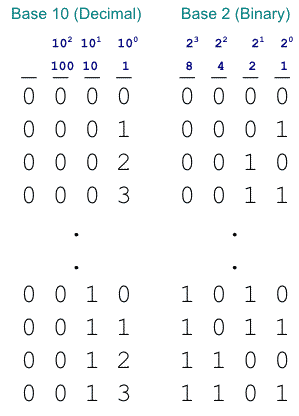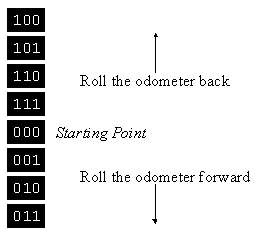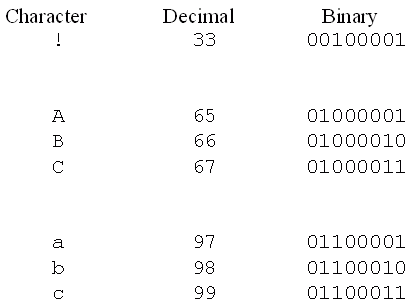

|
Data Types and Variables
An Introduction with Examples in Java |
|
Prof. David Bernstein
|
| Computer Science Department |
| bernstdh@jmu.edu |



 : Negative Numbers
: Negative Numbers




